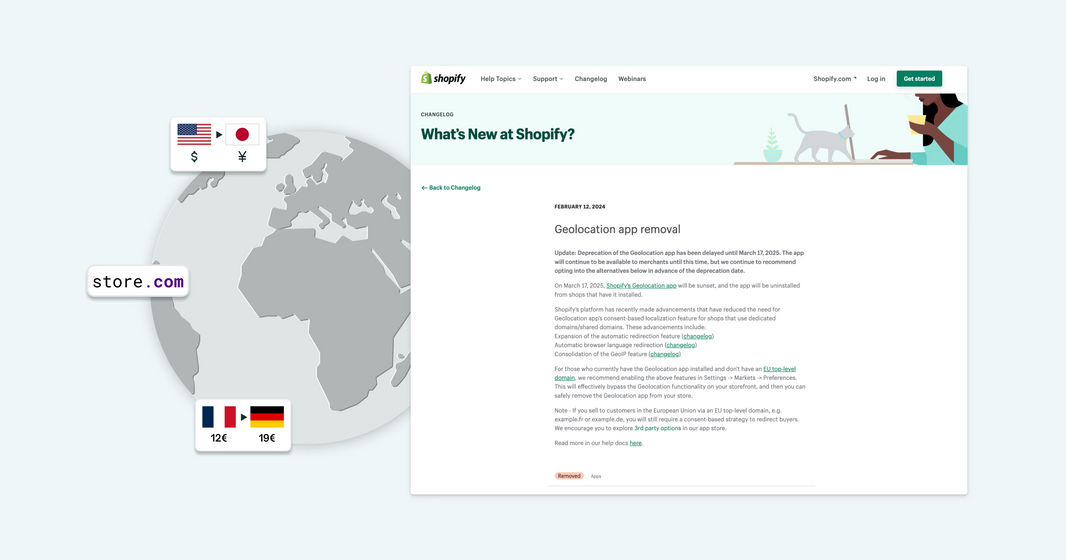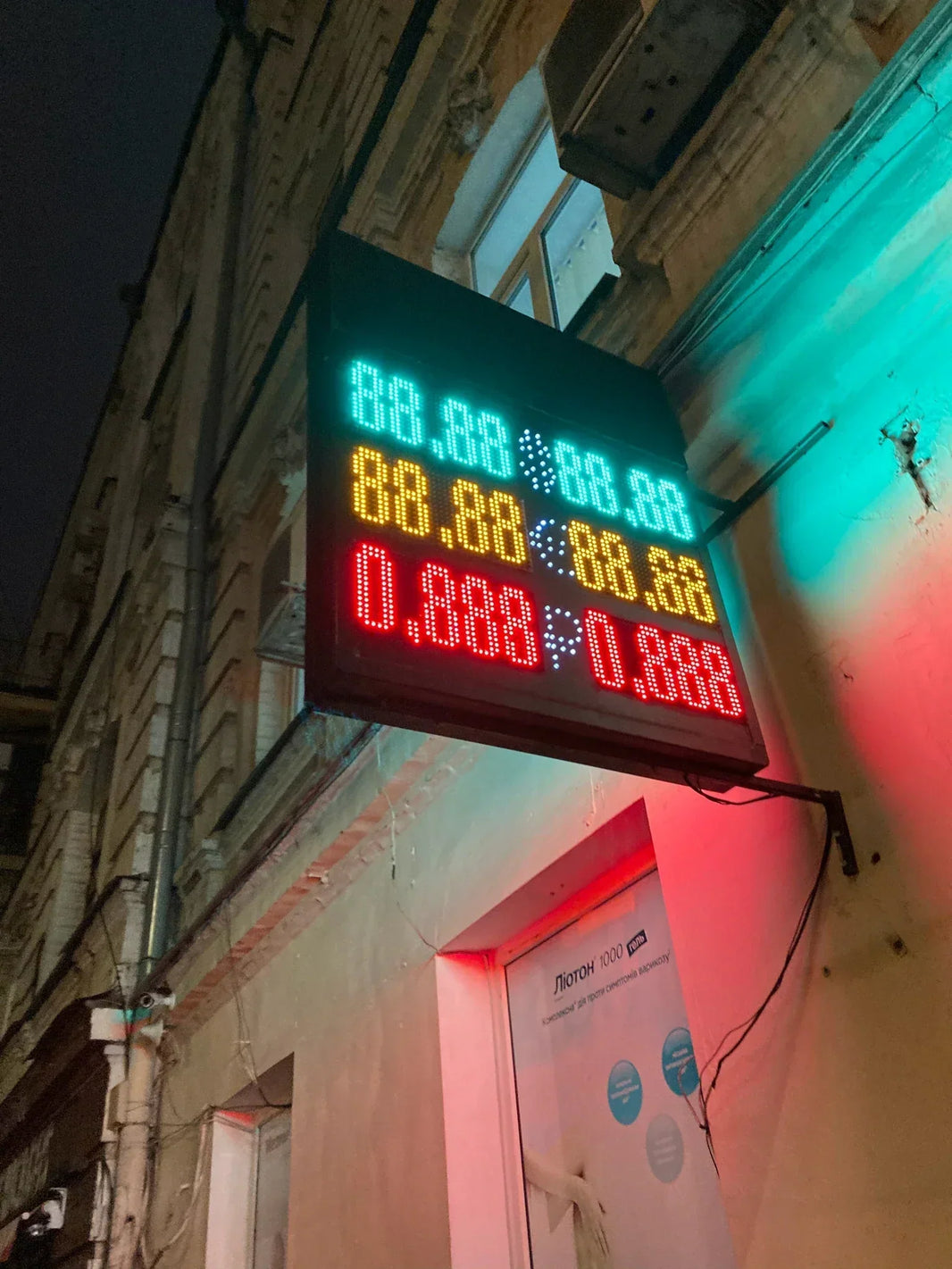Shopify Expansion Stores vs Shopify Markets: Picking the Right Global Growth Model
Learn if Expansion Stores or Shopify Markets fits your business. Compare features, costs, and strategies to choose the right global growth model.

While Shopify Markets offers many advantages, merchants often face pitfalls that hurt growth. Discover eight common mistakes and how to avoid them for smoother global selling.

Shopify’s Geolocation app will be sunset on March 24, 2025, and removed from all stores. Here’s what you need to know about the Shopify Geolocation removal.

While Shopify Markets offers various advantages, in 2024, specific situations still lead brands to choose managing multiple stores. Explore when, how, and the best practices for opening multiple stores on Shopify.

After the successful launch of Shopify Markets , Shopify has taken a significant leap forward. The platform allows brands to configure various elements, such as products, prices, domains, currencies, languages, and content, all from a single storefront.

Understand all you can do on Shopify Markets to get the full advantage for your international sales.

Expanding a business globally presents immense opportunities for brands that have saturated their domestic market and possess the infrastructure to venture into new markets.

Learn how to set up and change currencies in Shopify Markets based on location to optimize user experience.

The failure to redirect international customers to the correct shopping experience leads to lost users and a drop in conversion rates. Although Shopify offers an automatic domain redirect feature, it has its limitations. In this article, we explore the drawbacks of relying on this automatic redirect and provide the optimal solution for implementing country redirects.

This article explores the limitations of currency converters and how to deal effectively with local currencies in Shopify Markets. We'll demonstrate why currency converters are no longer the best option by comparing their user experience with that of Shopify Markets. From providing an in-depth understanding of local currencies to illustrating practical examples, we cover everything you need to know.

Discover insider tips for success with Shopify Plus expansion stores in this ultimate guide. Learn how to launch and scale your business, and drive sales with expert advice. Achieve e-commerce success with Shopify Plus!